Lesley Jones
Otherwise know as Zooey
While I'm in the mood for silly questions, can anyone define tonal contrast please? A professional photographer from another forum used it for increasing texture, but he was adamant it wasn't the same as sharpening. I don't get it though because isn't sharpening just increasing the contrast between edges? I like using a bit of selective tonal contrast - to my mind it does add texture and detail too, which can be further enhanced by careful sharpening later. If I've already boosted the local contrast though, should I beware of any horrors when doing a final sharpen for using in here? I'm not very good with sharpening at all, having very bad eyesight. I can't be doing with all those sliders so I use Photokit for capture sharpening and Topaz Infocus for the finished article. I don't think I've ever noticed halos, but could they be lurking in the shadows? 


